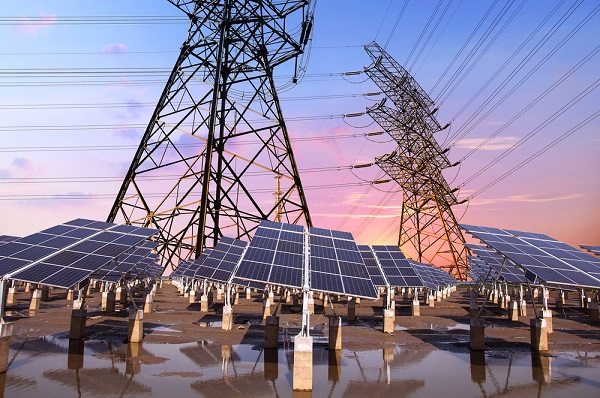There are several trends that are changing how the electrical power sector operates. Utility companies are seeing how adjusted business models and modern electrical grids are impacting the way consumers are accessing energy. With so many businesses facing a load defection from customers, adjustments to companies’ approaches and an understanding of how trends impact the bottom line are more important than ever.
A growing number of Americans are using solar power in their homes. According to GreenTech Media, residential solar power rose 70 percent in the second quarter of 2015 compared to the same time the year before. Load defection cuts into the customer base of electrical power companies, forcing changes to be made. Many utilities within the electrical power sector are finding new revenue opportunities within the solar power field to make up for the lost customers, Utility Drive explained.

Those changes to business models are another trend taking place in the electrical power sector. A growing number of utility companies are investing in solar, as customer demand increases. Southern Company announced in September they are launching more than 20 new renewable energy projects across the U.S., as well as acquiring a 151-megawatt wind facility in Oklahoma. As more Americans look to cut electrical costs and become environmentally friendly, utility companies are redirecting their business models.
Customer-centric approaches make the energy experience more beneficial for all involved. Utility Drive reported that many companies are working to create “connected homes.” Utilities are merging energy technology to home appliances, all of which is is controlled via an app. The process gives customers more control over how they power their home and what energy to use, versus sending it back to the grid.
More Changes On The Way
One of the trends that is really changing how utility companies are operating involves storage. With the pressure to integrate more renewable power, having a storage system in place to save electricity for when it is needed is vital. A recent Utility Drive study asked executives in the energy business what the most important emerging technology is, and the majority picked storage as their top choice. Developing methods and strategies for maximizing the advantages of energy storage will result in tremendous benefits.
Storage is one way utilities are modernizing the power grid. Installing new lines that allow two-way flows can help save and store energy, but the upgrades are costly. The International Energy Agency estimated it would cost the U.S. $2.1 trillion over the next 30 years to fully mode the country’s electrical grid. Electrical businesses must determine how much they are willing to invest in modernizing the grid versus investing in other strategies to grow their business.
As technology changes, the grid will evolve as well, meaning more new trends will emerge. The power sector has to continue to adapt and be prepared for what the future has in store.
RELATED
Energy Audits: Why and How to Do Them
Companies Demonstrate Growing Demand for Solar
Solar Energy: Everything Contractors Need to Know